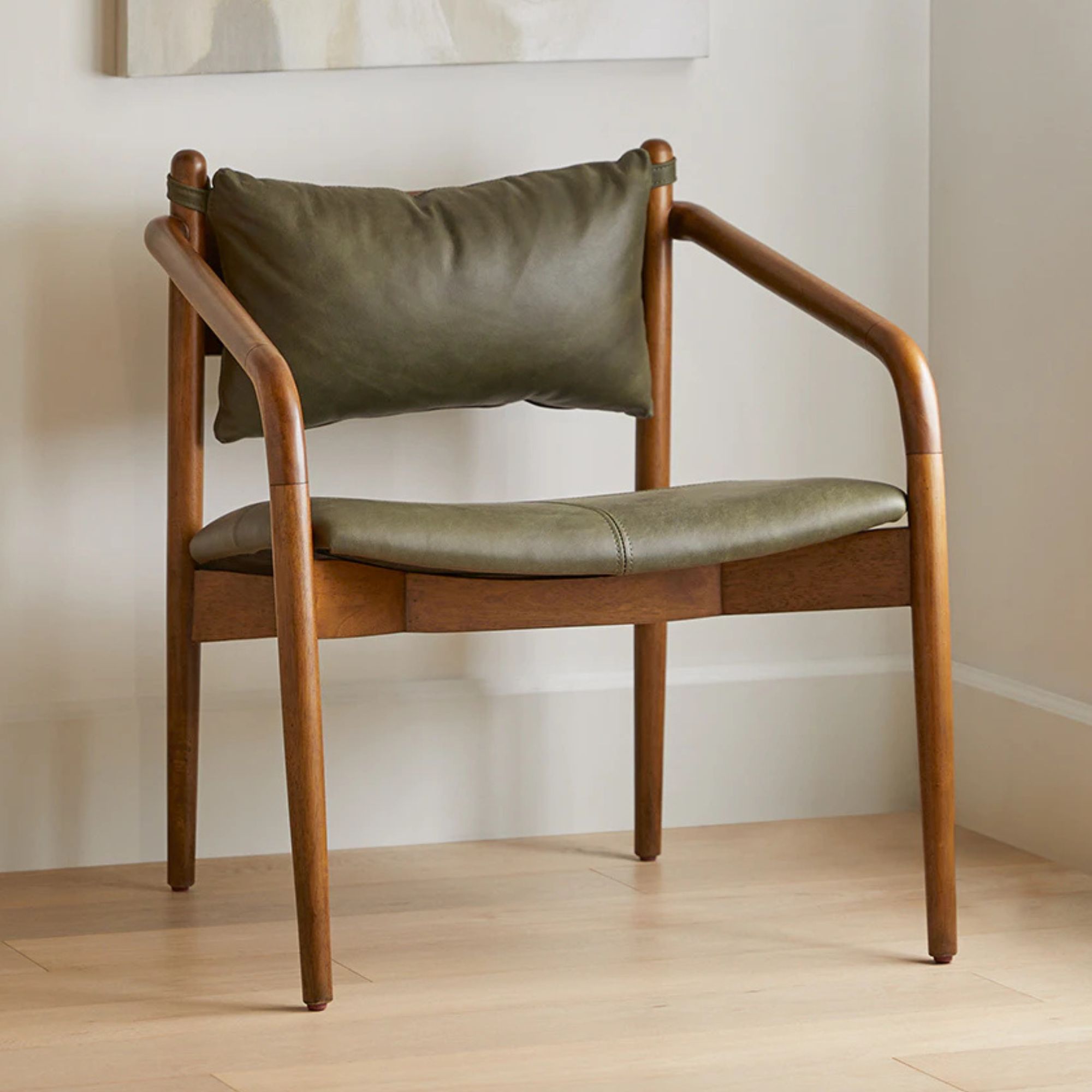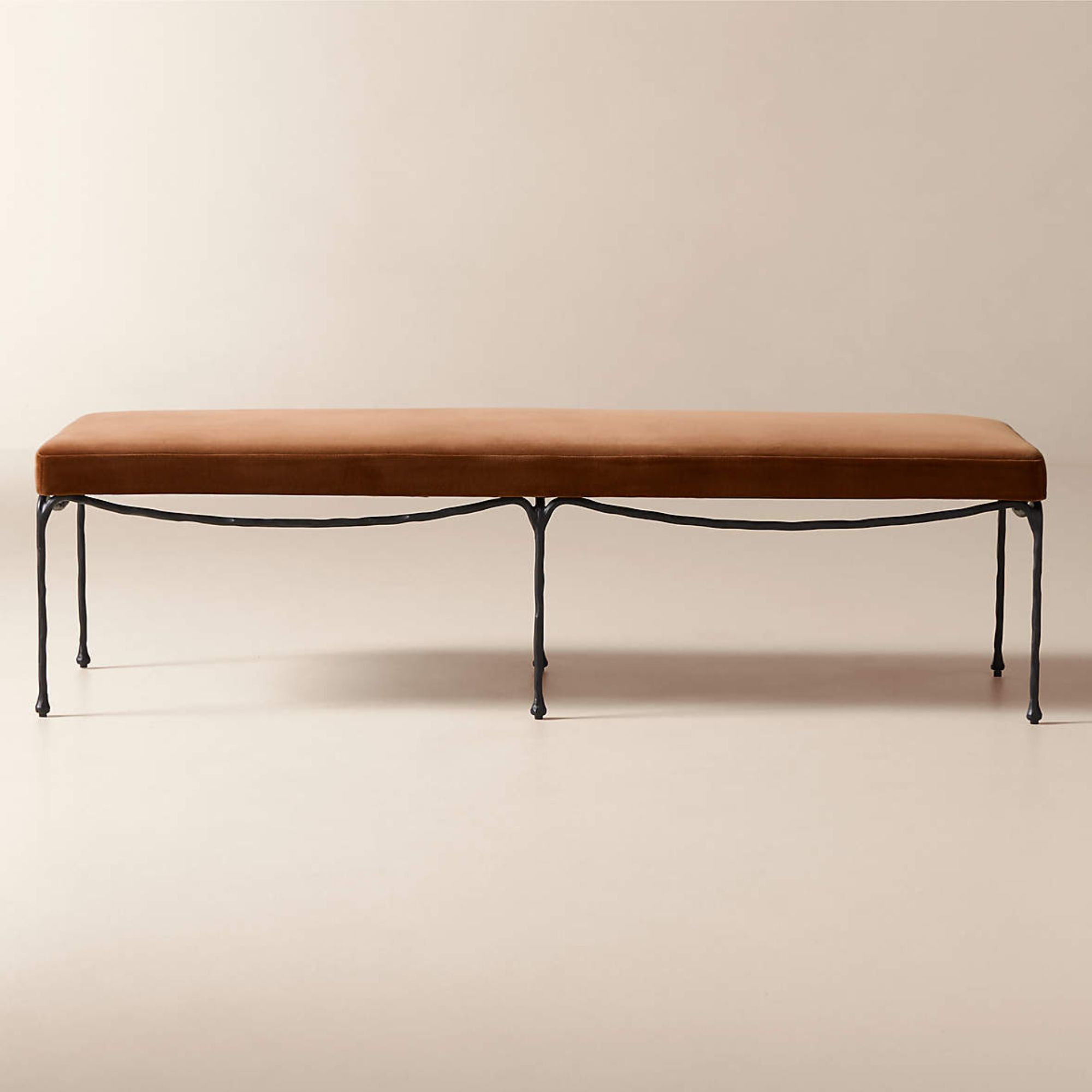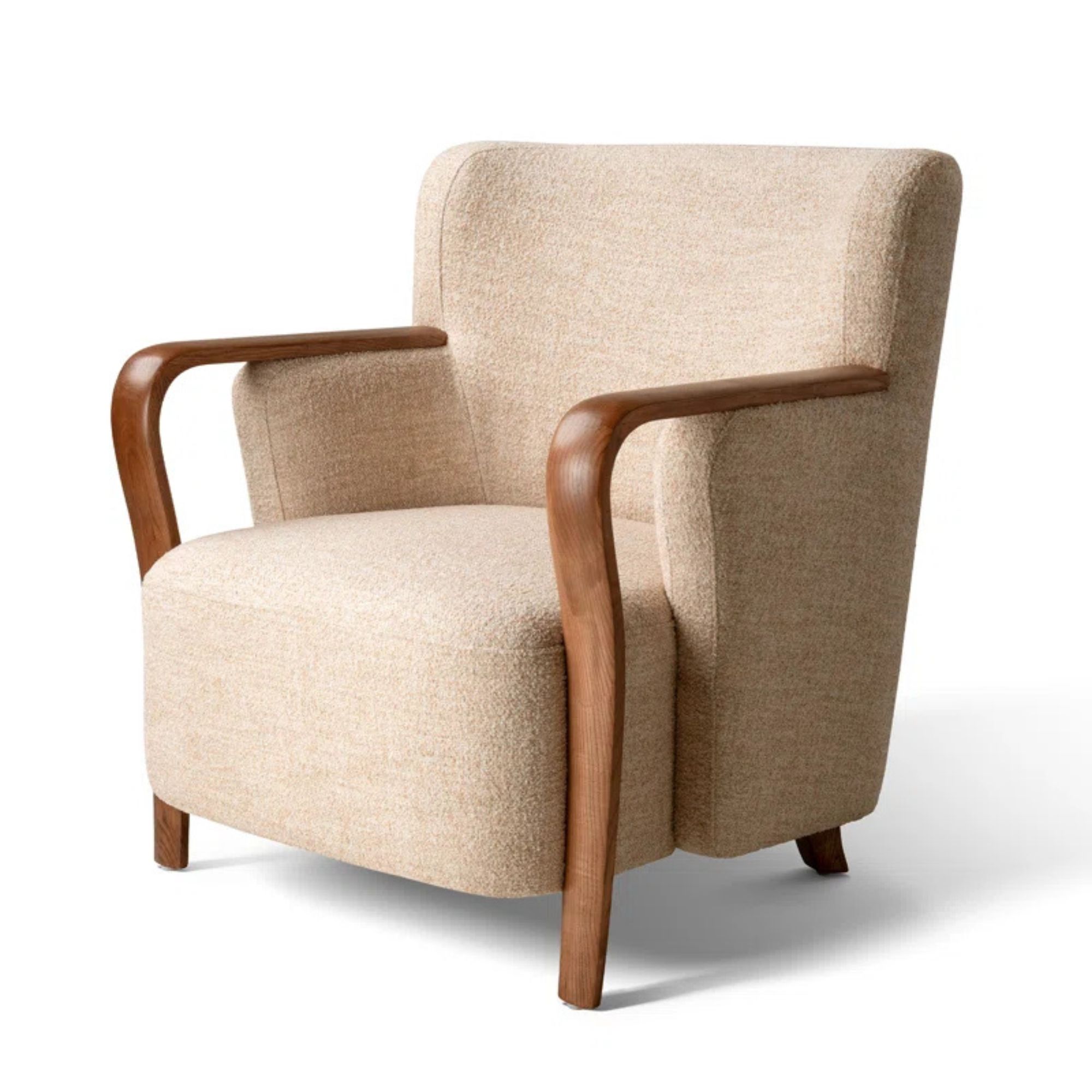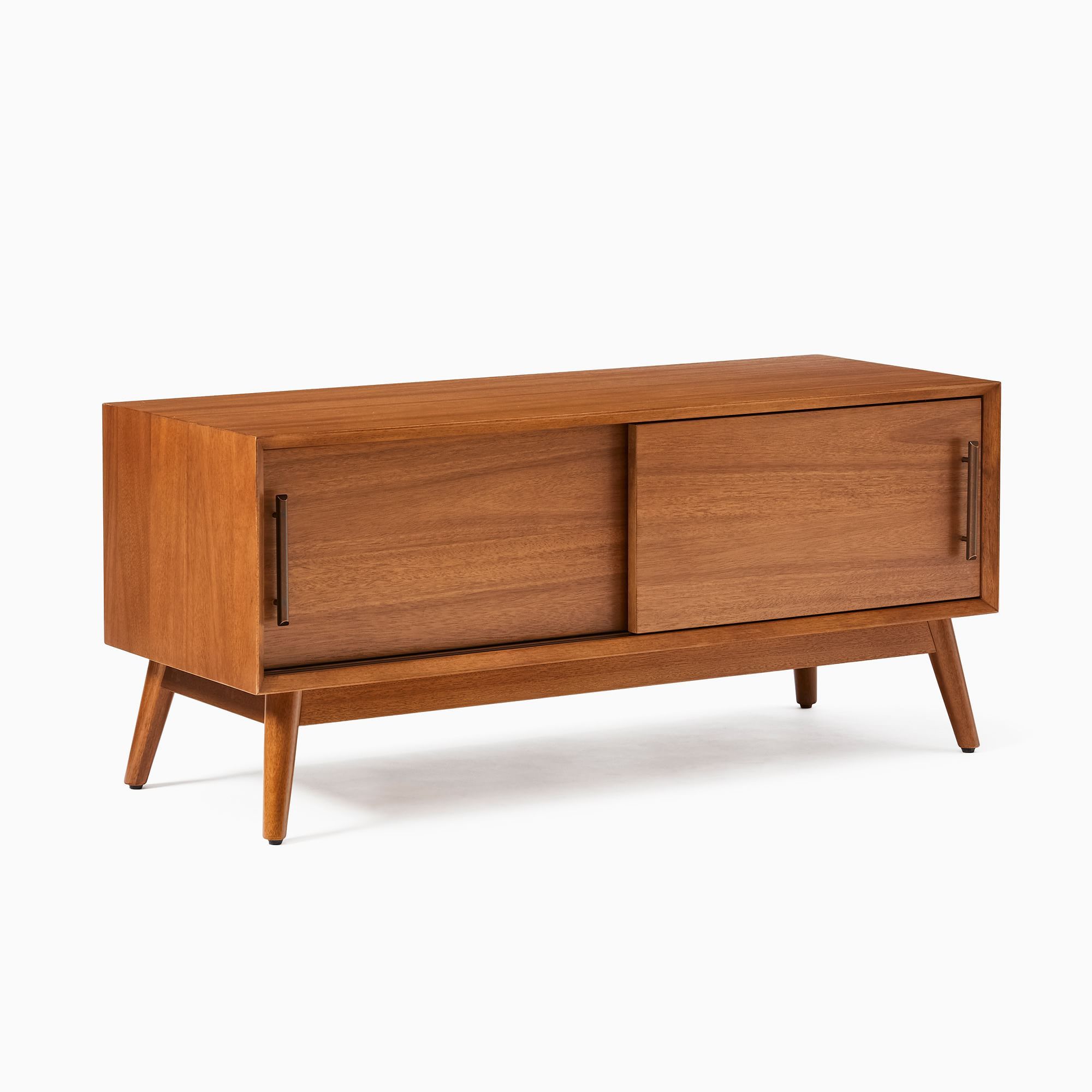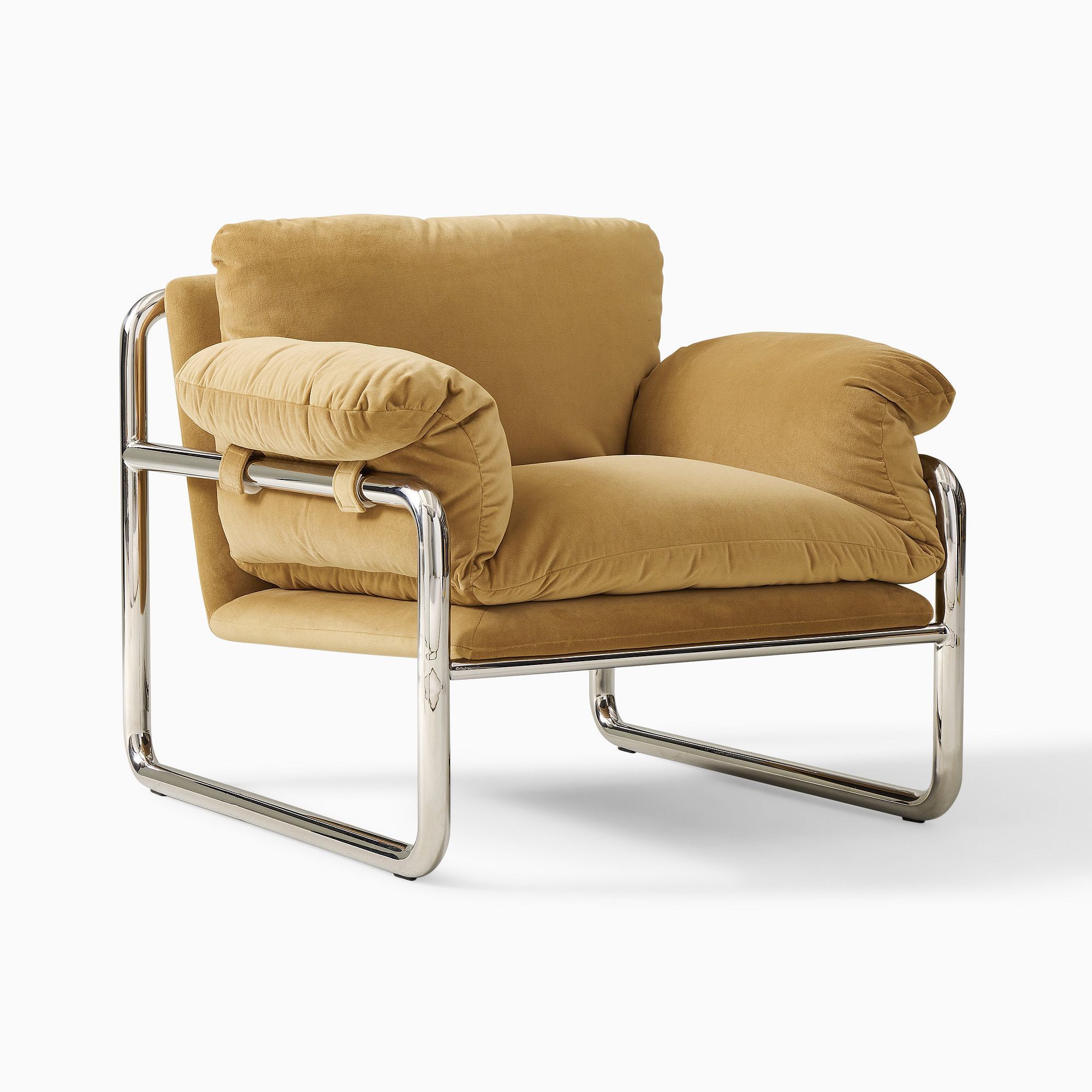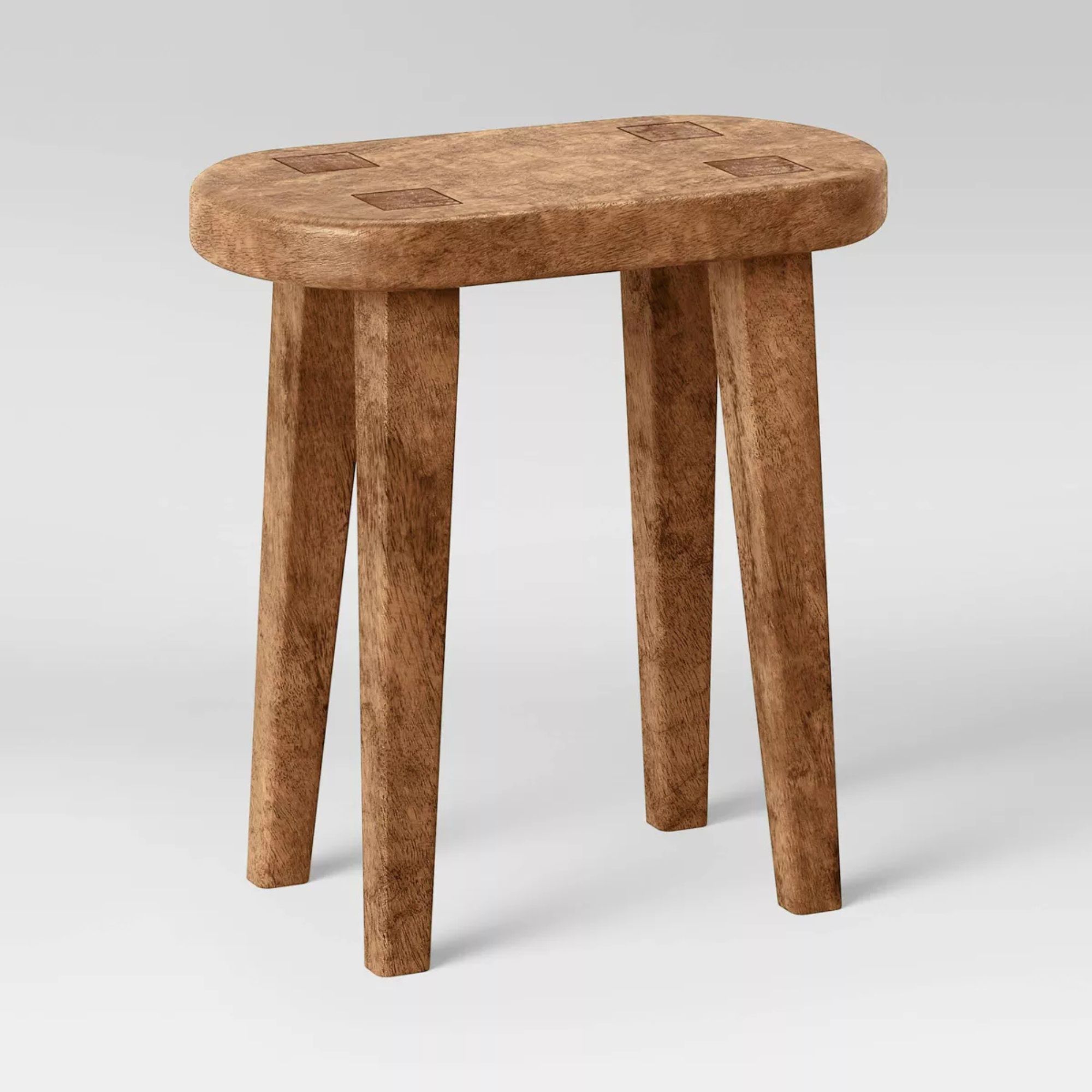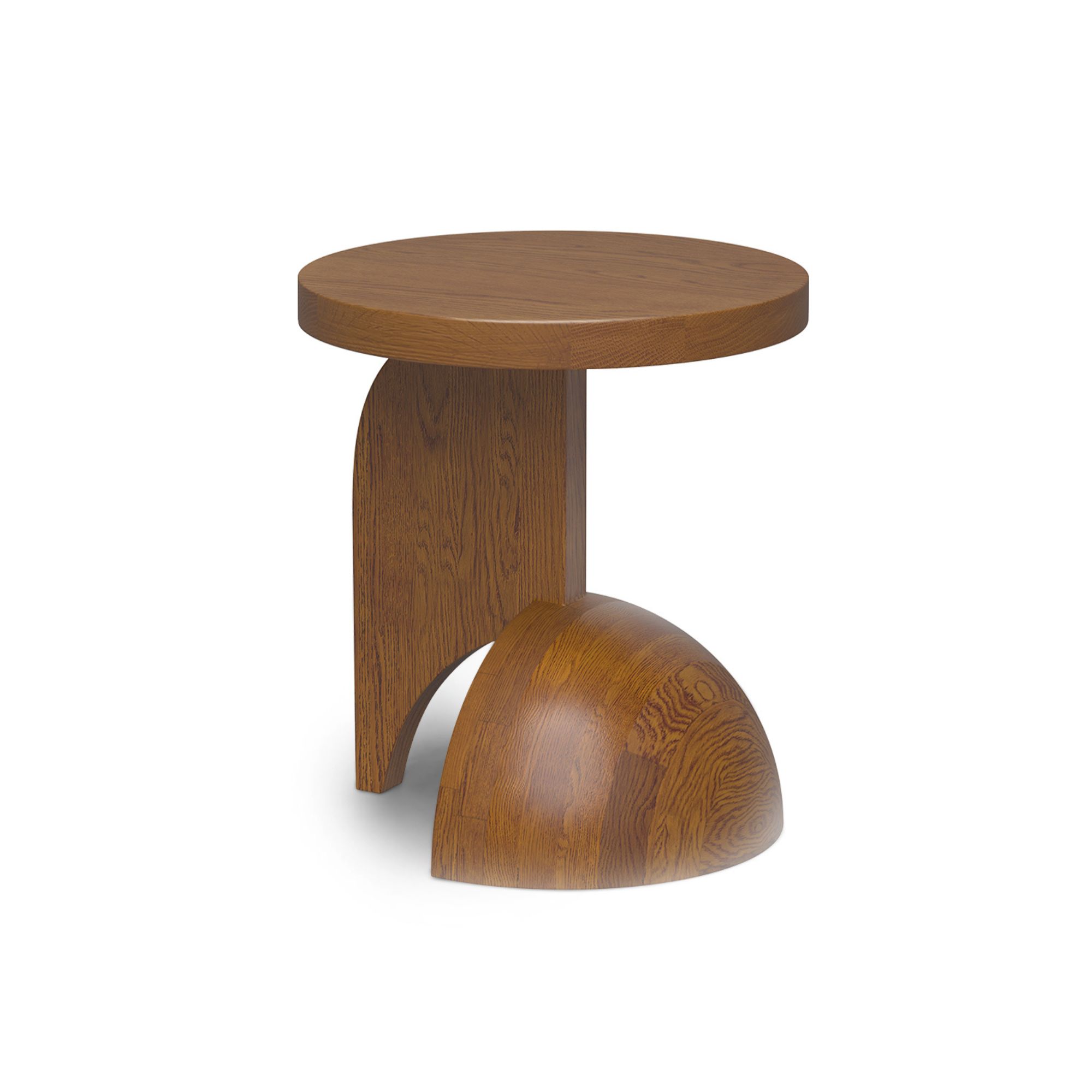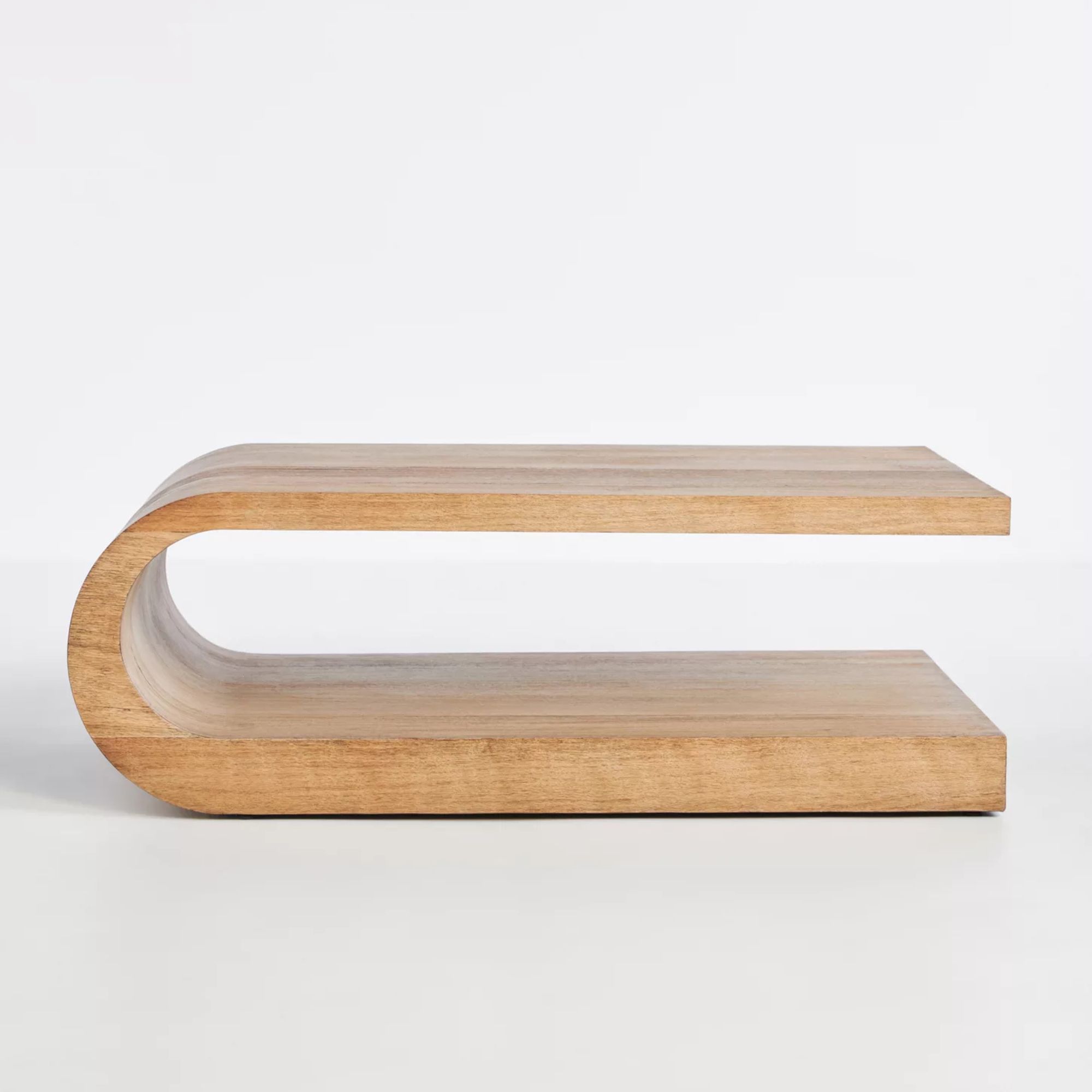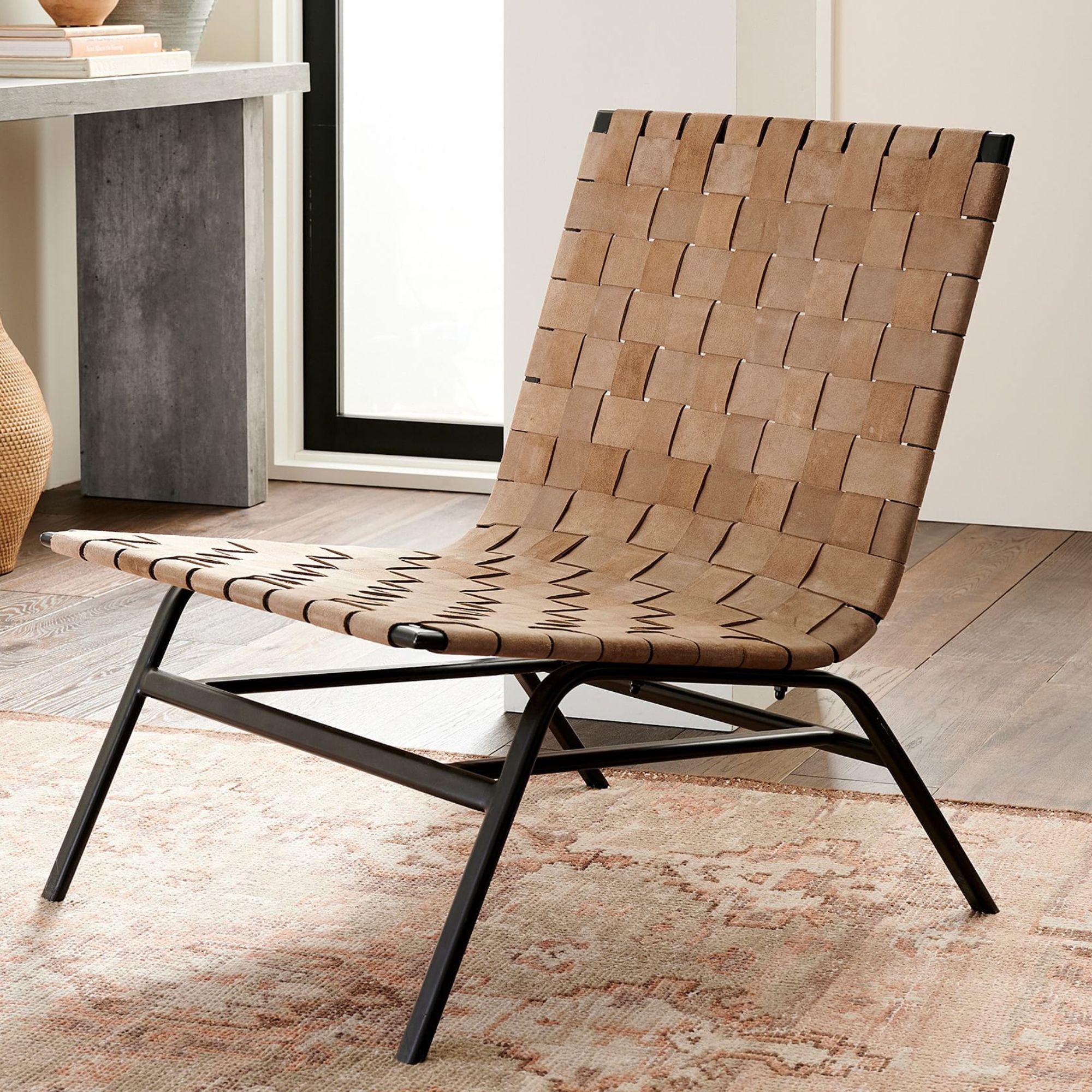What furniture styles increase the value of your home? Real estate agents and designers reveal if what you buy for your home now can impact the value later
How important is the furniture in our homes, and does it impact the sale of a property? Real estate experts and interior designers have the answer

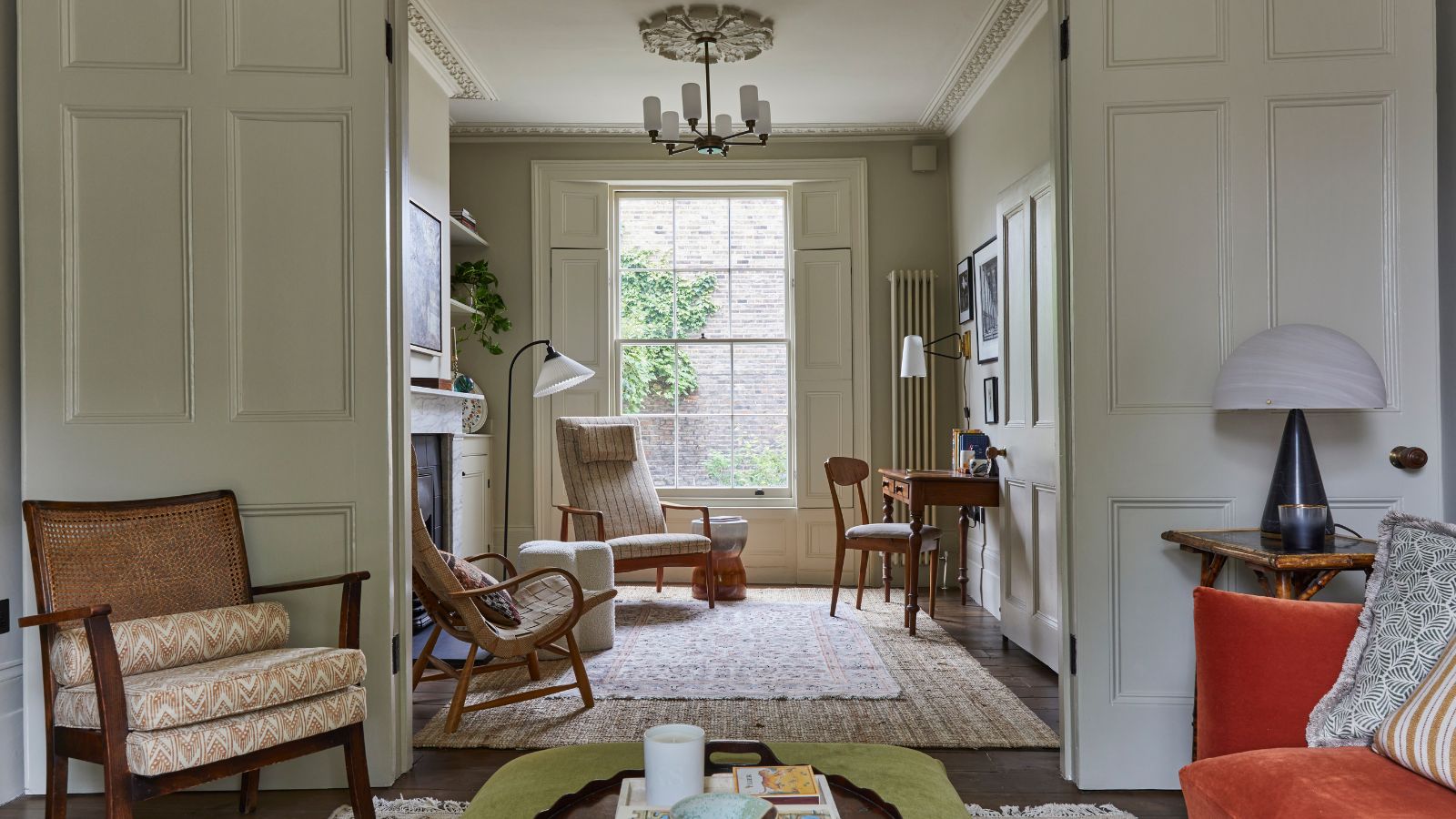
Whether your tastes steer towards the maximal or you're more of a curated minimalist, interior design is about creating a space that best represents your tastes. While designing a home that honors your style is important, it may be useful to consider the tastes of others before you buy a new dining set or snap up the armchair you've had your eye on, as furniture choices can impact the value of your home.
While furniture might not literally increase the value of your home (unless you plan to sell furnished), they play a major part in how buyers view your property and how quickly they're likely to purchase it. In an effort to understand what styles buyers favor more than others, I asked real estate experts and interior designers what furniture trends, eras, and styles continue to be favored.
Interestingly, the answers were varied, but almost all the experts maintained that classic, more neutral furniture choices are your best bet, making it easier for buyers to envision themselves in the space.
1. Transitional furniture
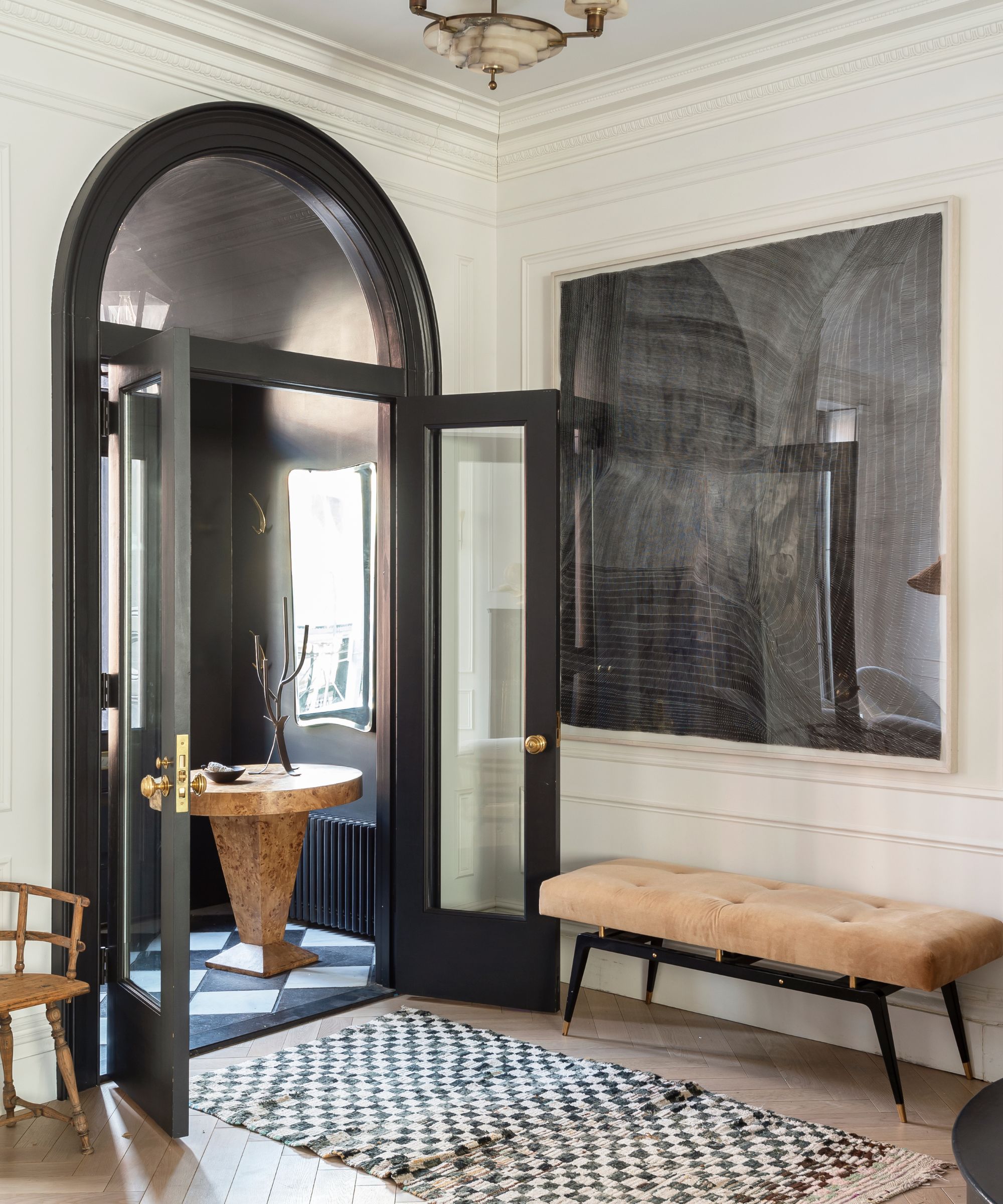
Many experts said spaces that feature varying furniture styles, embracing transitional design, are often the most appealing to buyers. Transitional decorating ideas are all about layering styles, resulting in a space that feels interesting yet neutral, filled with all kinds of furniture, antique or modern.
Interior designer Terri Brien said, 'Neutral with mass appeal is key. Transitional design often works best: it strikes a balance between modern and traditional, appealing to a wide range of buyers without feeling too stark or too ornate.'
Although Terri recommends not incorporating overly intricate or fussy furniture in your scheme, the beauty of transitional design is that there's room for all styles of pieces, as long as you maintain a balance. Take the transitional style entryway (pictured above), which features an antique velvet bench, balanced with a modern burlwood table and a vintage wood chair.
Rose Sklar, a real estate agent from Coldwell Banker Realty, agrees that transitional furniture is best. She says, 'It photographs well and is market-ready. When blending transitional style with some accent pieces, it doesn’t alienate buyers who prefer different sides of the spectrum. Having a neutral foundation allows buyers to create their own look in the house in the future.'
Design expertise in your inbox – from inspiring decorating ideas and beautiful celebrity homes to practical gardening advice and shopping round-ups.
2. Mid-century modern furniture
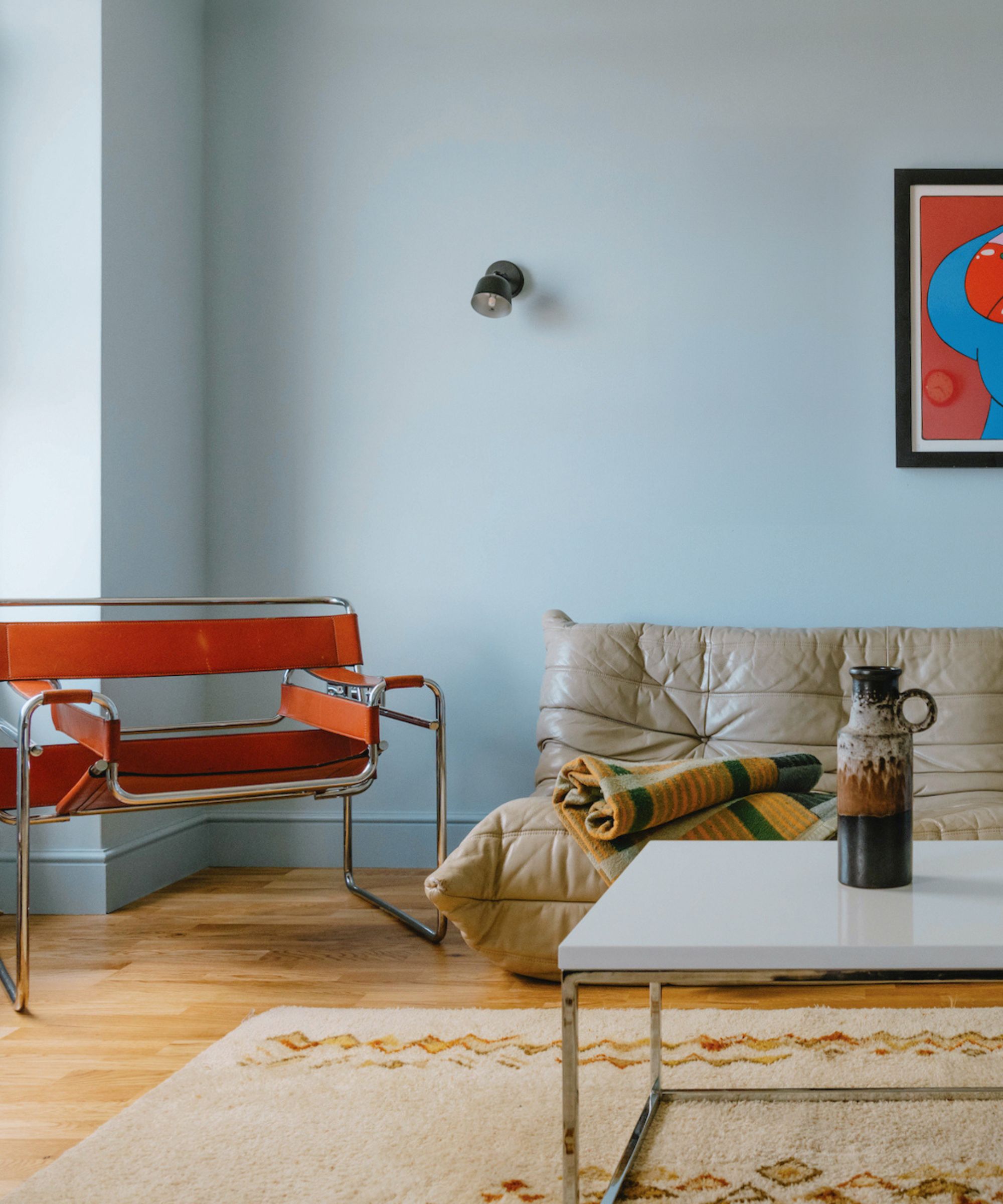
Midcentury modern furniture is not only highly collectible, it's a style that buyers like to see in their potential homes. Synonymous with sophistication and current fashions, more are seeing the beauty in furniture from the 1950s, '60s, and '70s, making it a wise choice for your home if you're selling.
While you'll typically find this furniture style in mid-century modern homes, it's one of those styles that works in many properties. Nick Smith, vintage and antique furniture expert and founder of Smithers of Stamford, says this furniture style 'remains compelling. Not harsh Eames chairs in every room, but mid-century profiles blended with comfortable, modern materials. The underlying psychology is crucial here: consumers desire a perception of history and the perception that the house is fresh and new.'
Tammie Carter from Engel & Volkers says, 'Mid-century Modern interior design offers clean lines and minimal ornamentation, which complements open floor plans. So, while good furniture choices don't physically increase the value of a home, it significantly influences buyer perception, which helps the property sell faster and potentially for a higher price.'
3. Warm minimalist furniture
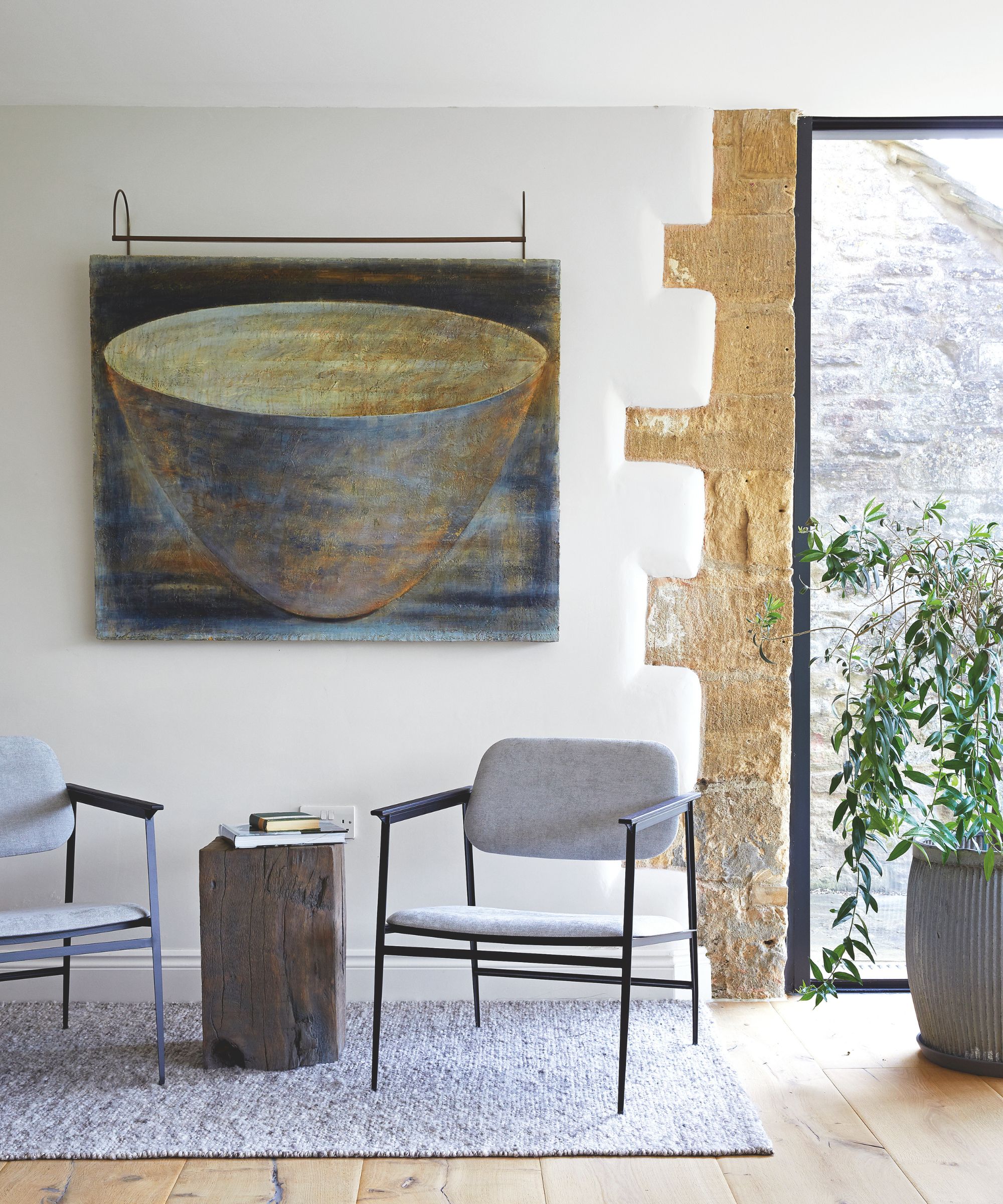
While you're likely familiar with minimalism, you may not have heard of its trendier counterpart – the warm minimalist trend. The style maintains the curated, pared-back feel of minimalism but adds extra layers of warmth and character, resulting in a space that feels inviting and elevated. Warm minimalist furniture is contemporary in shape, combined with a patina that newer pieces sometimes lack.
Nick says, 'After decades of producing and designing for resale, I can confidently say today's consumers are attracted to styles that look effortless but aspirational. Minimalism certainly sells, but not the sterile, clinical minimalism of the 2010s. I design what I refer to as "Layered Minimalism", clean lines with natural textures, organic curves, and muted, atmospheric color palettes. Think: minimalist but human, minimalist but livable.'
Tammie agrees. She says, 'Minimalist furniture focuses more on simplicity and neutral colors, making rooms feel larger, lighter, and more peaceful.'
Are there any furniture styles that might devalue you home?
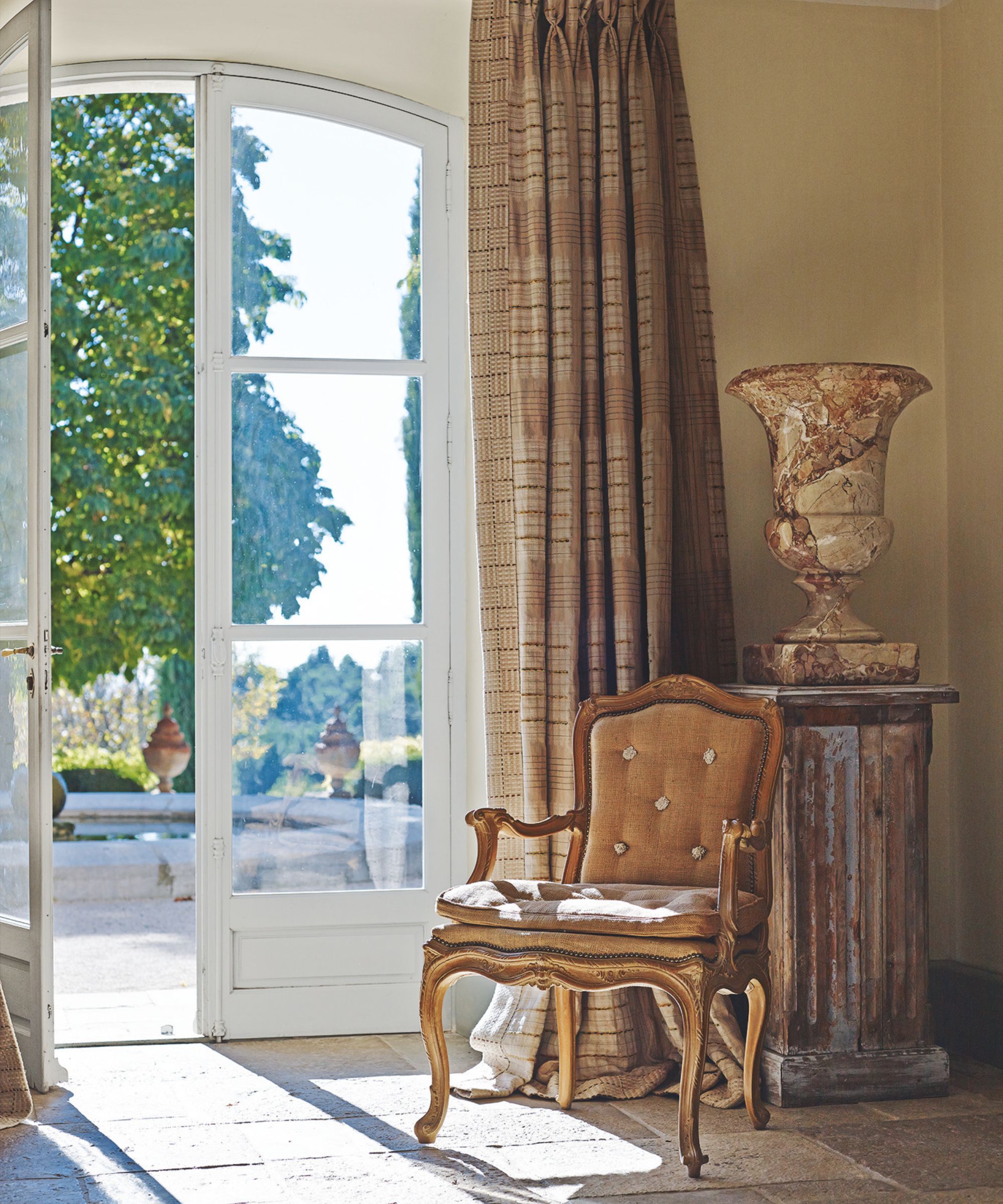
Often found within French country decor ideas, ornate, Rococo-style furniture is a style to avoid, says Nick. 'Avoid dense French shabby chic or ultra-traditional interiors when staging to sell. Those styles, though lovely, provide a visual "noise" that prevents a buyer from easily being able to picture themselves living in the property. They alienate rather than open up the audience.'
Rose agrees that the less is more approach is best when it comes to furniture. She says, 'Take down those tassel drapes, balloon valances, and ornate sets. Buyers want to see neutralization with subtle touches of pattern. Sometimes, throw in a bold wallpaper or an accent wall to wow the buyer.'
The key takeaway: consider your audience
If you're considering selling anytime soon, design your scheme with a sense of neutrality, instead of favoring a distinctive, bold trend that not everyone may like or resonate with. Terri says, 'Always think about your intended audience and tailor your selections to them, while keeping the principle of broad mass appeal in mind.'
Terri explains this in more depth, using the coastal Scandifornia trend as an example. She says, 'For example, in a coastal community, say Southern California, you might anchor the space with larger pieces like sofas in warm whites or linen tones, layering in blues or soft greens through accent chairs or textiles. Warm white oak coffee tables or dining pieces help maintain a relaxed, elevated look that potential buyers will naturally connect with.'
Terri adds that you may want to consider traditional decorating ideas if you're based more east. She says, 'In contrast, if you're staging a home in an area like Connecticut where design skews more traditional, you might still choose neutral foundational pieces but perhaps with a subtle contrasting stripe or a textured material like velvet. For secondary pieces and accents, deeper hues like emerald green or indigo work beautifully. Richer woods, such as dark walnut, would feel more at home in that setting and create a sense of classic, enduring style.'
While the experts have proven that some furniture styles are more appealing than others, don't be put off if your favorite pieces are more ornate or intricate in style. Standout pieces are important in a scheme, but remember to balance them with more neutral styles to avoid overwhelming buyers, ensuring they can see your home's far-reaching potential.

I am the Interior Design News Editor at Homes and Gardens, covering mainly US-based designers and trending news stories. My love for interiors began when I interned in an interior design studio, working on commercial and private spaces. My passion grew while working in production, where I sourced beautiful locations for photoshoots and campaigns. Outside of work, I enjoy collecting antique decor and mid-century furniture for my home.
